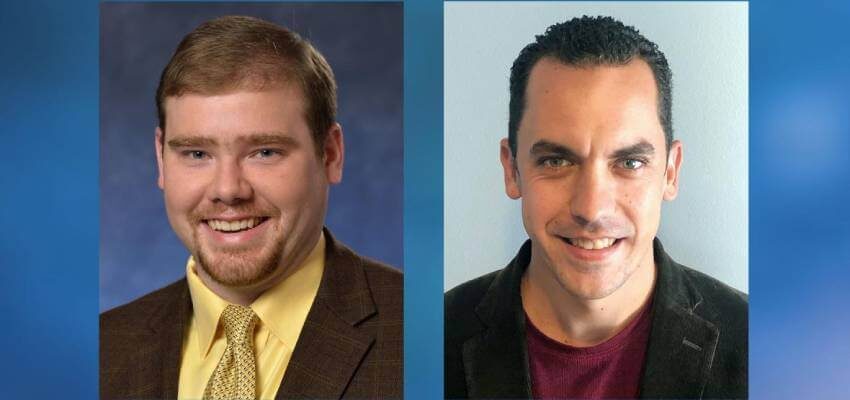Building a foundation for high-power tech
Pitt researchers receive a grant from Office of Naval Research for work on ultra-high frequency soft magnet technology.

Image source: EurekAlert
USA, Pennsylvania, Pittsburgh: Pitt researchers receive a grant from Office of Naval Research for work on ultra-high frequency soft magnet technology.
As electrification advancement accelerates and more renewables are integrated into the electric grid, improved power electronics systems are needed to convert AC or DC power into a usable form. New semiconductor device materials and advanced magnetic materials can enable an unprecedented combination of voltage levels and power handling capabilities.
However, the latest class of new switching devices, which use so-called ultra-wide bandgap (UWBG) semiconductor materials, will also require improved soft magnetic materials and manufacturing approaches not currently available.
Researchers from the University of Pittsburgh Swanson School of Engineering are working to solve that problem with new materials and manufacturing processes that will establish a foundation for UWBG semiconductors in novel power electronics switching devices. Their investigation received $820,000 in funding from the U.S. Office of Naval Research to support graduate students to explore new ideas in magnetic materials, advanced manufacturing, and advanced component design methods and techniques.
“Ultra-high frequency soft magnetics technologies, ranging from 50 kHz to as high as the megahertz range, are going to play an important role in the next generation of power electronics and power conversion technologies,” said Paul Ohodnicki, associate professor of mechanical engineering and materials science, director of the Engineering Science program and the Advanced Magnetics for Power and Energy Development (AMPED) consortium.
Applications for this new technology include power dense electrical power conversion technologies for electric vehicle design, aircraft electrification, or power converters for grid integration applications. For many of these, the converters need to be as small and light as possible while still handling the same amount of electric power.
Ohodnicki is leading the project with Ahmed Talaat, visiting assistant research faculty, and Brandon Grainger, Eaton Faculty Fellow and assistant professor of electrical and computer engineering.
The four-year project will address the need for advanced ultrahigh frequency soft magnetics and focus on creation of new ferrite-based systems, advanced manufacturing of components for optimal performance, and the design of optimized transformer and inductor components. The work will also demonstrate enhanced design and optimization tools for inductors.
Source: EurekAlert




